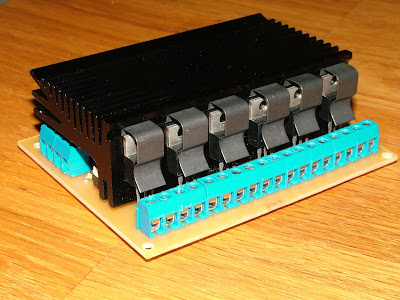WH
-------------------------
Hi Guys,
I have a solution to your resistor ball problem:
I flattened the ball, drew the schematic and loaded it into LTSpice circuit simulator, running on a laptop. I added a 1000 volt battery to the schematic and connected it to two diametrically opposite points. I ran the simulator in DC mode, and it produced a list of all the nodes with their voltages, and all the components (battery and resistors) with the currents through them. Knowing the applied voltage and the battery current, I calculated the resistance for question one.
I repeated this with modified diagrams, to obtain the answers to questions two and three.
Results: I calculated Q1 answer as 1000Volts/0.00647059Amps = 1,545,454 ohms, which agrees with your answer of 1.545 Megohm.
I calculated Q2 answer as 1000/0.0015412 = 648,845 ohms, which agrees with your answer of 0.65 Megohm.
I calculated Q3 answer as 1000/0.00149481 = 668,9891 ohms, which agrees with your answer of 0.67 Megohm.
I think I could claim to have a greater accuracy than other solutions.
I attach the following files:
(1) Three asc files, one for each question, (these are LTSpice simulator files) just in case you have a PC with LTSpice or a compatible circuit simulator, and are able to run them.
(2) Three schematic diagram (pdf) files, one for each question. These are essentially the same except for the measurement connection points.
(3) Three “Results” files (jpg), being a small portion of the simulator dc mode readouts. The only results of importance here are the very last entry, "I(V1)" on each sheet, which is the battery current. The applied voltage is 1000 volts, so the resistance is obtained from these two figures.
(4) A plot (pdf) of the “Transient” simulation for Q1 only. This is not necessary for the solution, but it does give an answer without any manual calculation. In this simulation, LTSpice plots the applied voltage and the battery current; it also calculates and plots the resistance. So you get three lines on the graph, blue for the voltage with a scale second from the left, green for current with a scale on the right, and red for resistance, with a scale on the far left. And as you can see, the resistance is midway between 1.54545 Megohm and 1.54546 Megohm, confirming the manual calculation. (Being dc, the graph doesn’t look much, but it also works for ac and transients.)
Regards
Ron Badman (ZL1AI)

